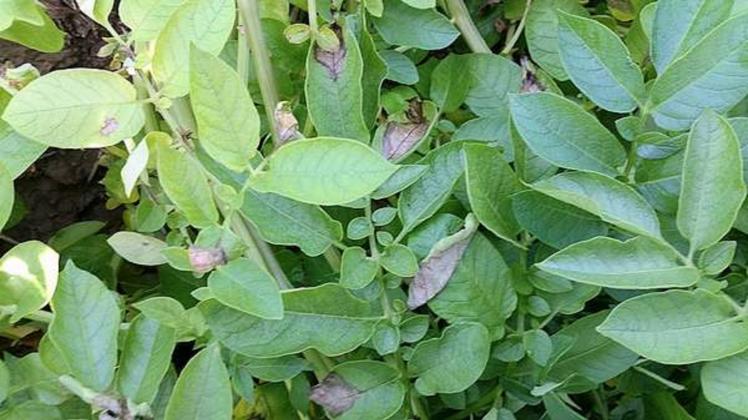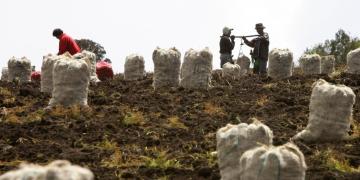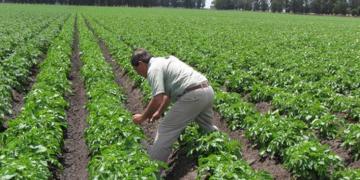EEUU: Late blight continues to spread in S. Idaho
Late blight has been discovered in three potato fields in Idaho’s Minidoka County and may be widespread in that area, according to crop expert Jeff Miller.

RUPERT, Idaho — Late blight, the fungal disease responsible for the Irish potato famine of the mid-1850s, is beginning to spread in Southern Idaho.
This season’s first infection was reported July 10 in a Bingham County field near Blackfoot. Samples from three additional fields in Minidoka County were confirmed as positive on July 21, and another Bingham County field, located in the Aberdeen area, tested positive on July 24, said crop scientist Jeff Miller, with Rupert-based Miller Research.
Miller ran a model early this season that predicted a high likelihood of late blight infections throughout Idaho potato country this season, based primarily on wet May weather and the presence of spores last fall in the Blackfoot area. Those spores may have survived the winter on volunteer potatoes or cull piles.
Testing revealed the Bingham County sample was the US23 late blight strain — the most common type and the same strain that surfaced in the area last fall.
Miller said samples from the other late blight outbreaks have been sent to Cornell University, where the strain of late blight will be tested. He said the results are important because US23, unlike some other late blight strains, is sensitive to menenoxam, the active ingredient in the fungicide Ridomil.
Miller said afternoon showers throughout July have been ideal for spreading late blight, as high winds can carry spores great distances and moisture helps the fungus establish. He fears late blight may already be widespread in northern Minidoka County, where a large storm swept through the area the day after samples were confirmed as positive.
Upon scouting the three confirmed infected Minidoka County fields, Miller found scattered infection in the upper canopy of plants, suggesting the spores were blown in by thundershowers during the previous week.
“It’s really early. The lesions are just starting to form,” Miller said. “We’ve got other fields in the same general vicinity. Based on the pattern of the late blight, I’m pretty sure it’s in more fields than that.”
Miller suspects the Minidoka County cases originated from a separate source of spores than the original Blackfoot-area infection, given that Minidoka County is upwind from Bingham County and he’s seen no evidence of late blight when scouting fields in between.
Thus far, Miller believes spraying programs have limited the spread of the disease, including in fields in which it’s already been discovered
“If it stays hot and dry, (late blight) may have a minimal impact. If it rains a lot and it’s cool, the disease will take off,” Miller said.
Miller advises growers with confirmed late blight cases to spray every week, and those with late blight confirmed in their counties or growing areas to spray every 10 days. Growers outside areas with confirmed cases should still spray every two weeks, Miller advised.
Aberdeen farmer Ritchey Toevs plans to shorten intervals between fungicide applications.
“We’ve sure had the weather for it. I think a 10-day program is good advice,” Toevs said.
Twin Falls grower Randy Grant will continue spraying every two weeks.
“For the most part, I think (late blight) is here every year,” Grant said “We think it’s something we need to be on top of every year.”
Fuente: http://www.capitalpress.com/Idaho/20150727/late-blight-continues-spread-in-s-idaho




